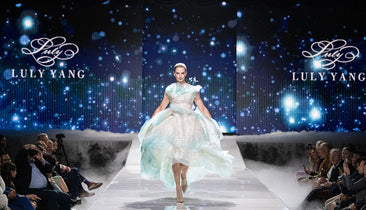
...
Luly Yang Makes Seattle Met's Most Influential Seattleites List
What can we do about Seattle’s eternal identity as the home of puffy coats, flannels, and people who don’t give a damn about what’s trendy? Celebrate it—it’s as much a part of our city’s history as its famed outdoorsmen and rugged logging days. Nobody’s more proud of it than Clara Berg, the keeper of MOHAI’s thousands of pieces of fashion history, from Eddie Bauer’s earliest down jacket (a Seattle invention) to a plaid shirt straight from the grunge era.
“Why are we so eager to dismiss it?” Berg asks of Seattle’s trademark industrious aesthetic. Even those iconic elements of our fashion history haven’t been thoroughly explored. That’s part of what drew her to the field in the first place: “If you want to be a civil war historian, that’s some pretty well trod ground,” she says. Working at MOHAI allows her to do original research into topics like Seattle’s history of functional fashion that are far from obscure.
But for Berg, it’s equally important to present a lesser-known side of Seattle style, like the circa 1920s era when boutique buyer Helen Igoe would embark on frequent weeks-long journeys by plane, train, and steamship to bring the latest Paris fashions back home to the Northwest. “There were enough people that were hungry for that,” Berg says. And there still are: Downtown Seattle houses the flagship location of a hometown department store with nearly 100 locales nationwide, while couture designers like Luly Yang thrive just down the street. The pervasive idea “that it’s somehow anti-Seattle to care about clothing,” Berg says, “it’s just absolutely not true.”
